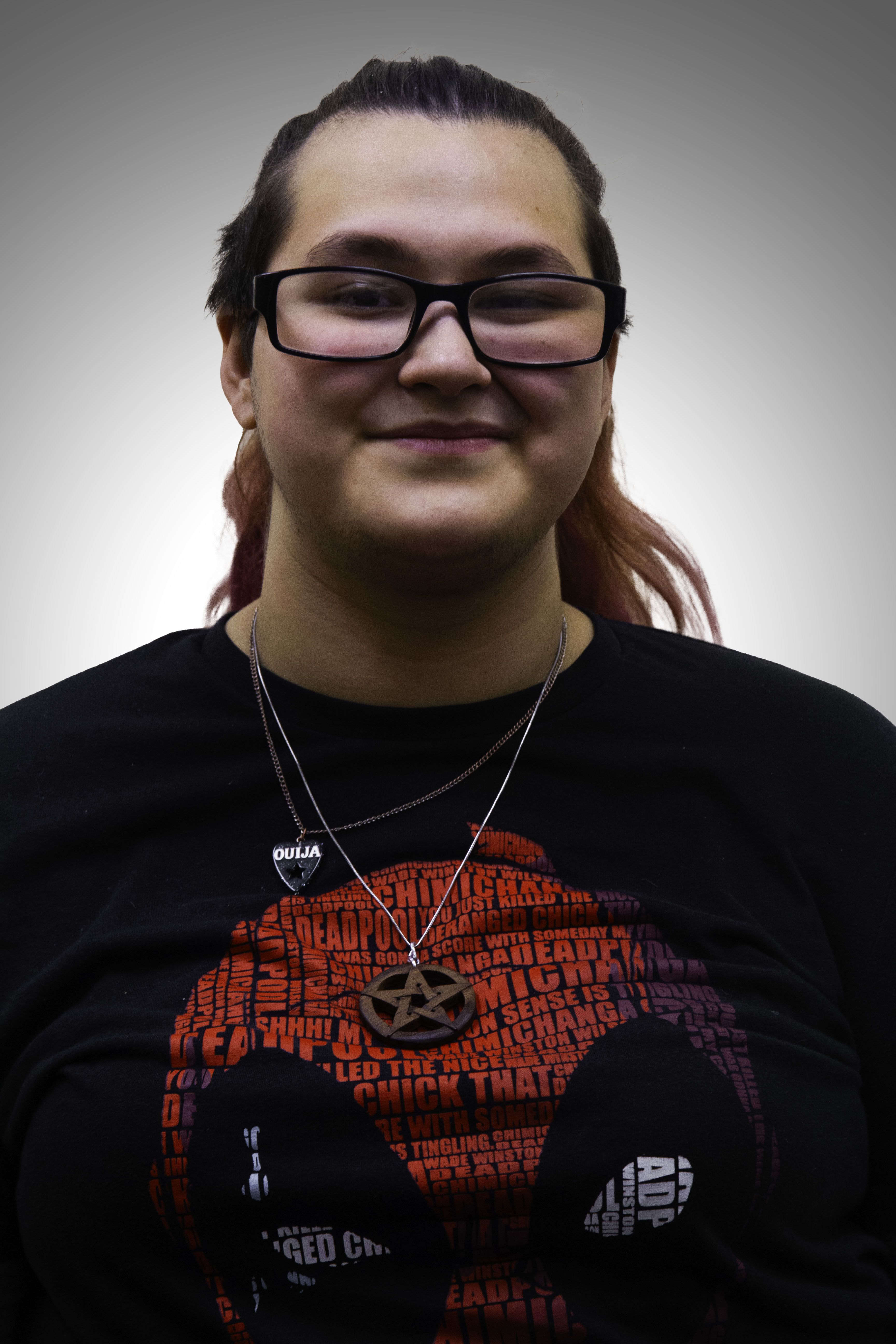ASL BUILDS BRIDGE TO DEAF COMMUNITY
“I grew up in the hearing world, even though I’m profoundly deaf,” Patty Martin, an ASL teacher at Mt. Hood explains. At age 19, she started learning Amercian Sign Language, hoping that she could teach it to deaf children. That decision would prove to change her life.
“For me, it was a ‘Deafness journey,” she says (with a stress on the capital D, explained below).
This journey to find herself as a Deaf woman is one that most people may not even think about. To many people, ASL is known as the Deaf Man’s Language. Some people may see a person signing in public and automatically raise their voice, as if that will somehow make a person less deaf.
When (as reported prior to the COVID pandemic) less than 1% of Deaf or hard-of-hearing persons (taken as a whole) know or use ASL, it is understandable that few others would try to learn the language, either.
However, Peggy Norton, another ASL teacher at MHCC, was fascinated by the language. She grew up with deaf relatives living nearby: Her uncle, aunt and cousin are deaf and were close to her family during her childhood. As a young girl, she was exposed to ASL often.
“My uncle and aunt were what’s called ‘Big D’ Deaf,” Norton explains, referring to the term for deaf people who embrace their deafness shamelessly. “I was always pretty mesmerized by [ASL]; it was pretty normalized for me, and I could learn things. There was no stigma.”
At Mt. Hood, Martin and Norton, two women with such vastly different backgrounds (yet notably similar names), joined together to lead the college’s ASL Club. Unfortunately, that club has fallen short of members, and current ASL classes are losing numbers, too.
That’s concerning for the pair, for whom teaching ASL is a passion and something both have described as their calling.
A TRUE COMMUNITY
The biggest lesson in any ASL class is that ASL is not specifically for the Deaf, just as Spanish is not just specifically for (native) Spanish-speaking persons. ASL is for everyone, hearing or Deaf.
“It’s so important that we can communicate,” said Norton says. “There’s a language barrier, like if you’re speaking Spanish, and most people feel a little awkward because they can’t communicate clearly or understand each other.” People can learn the language regardless of their hearing status.
Norton tells a story where she was at the Portland Saturday Market and witnessed two people signing, wondering where the market had been moved to. After signing instructions to them on how to get there and receiving thanks, the two went on their way. “They didn’t even ask me if I was Deaf; it was just natural conversation,” she recalls.
Martin has similar experience. She often will go up to strangers she sees signing and strike up conversation. People will ask her if she knows them, but in her eyes, she doesn’t need to: “Same language, same family,” she says.
But the question many students might ask is, “Why should I take the time to learn ASL?”
Both instructors have found that while a majority of their MHCC students started taking ASL after meeting a Deaf friend or neighbor, than the second most common reason is that it is a visual language, and therefore easier to pick up for many with visual learning styles.
“A majority of our class succeeds and really love having this visual language,” says Norton.
VISUAL CUES ARE CRITICAL
And a visual language it is, too, in ways far beyond hand signals.
Each sign is made up of five main components: handshape, palm orientation, movement, location, and non-manual markers. Arguably the most important component is the non-manual markers, or cues given in ASL that do not use the hands. Facial expression, body language, and even lip movement is vital in ASL.
Many people who learn ASL through online methods don’t get proper training on proper non-manual markings. Tone is often displayed through facial and body gestures, even outside of ASL. For example, someone signing “I can’t wait for class today,” with a sour look on their face will be saying something completely different than someone signing the same thing with a smile on their face.
Without taking a full two-year sequence of the language, it would be hard to really nail down, but the hardest part with ASL sometimes is staying in practice. That helps make the ASL Club the perfect place to go for ASL learners, whether they’ve taken just the one term or are in their second year, or even for those interested in the language who haven’t taken the class yet.
Students can hang out with other people who sign and make friends, find people to practice with, and even find people to help tutor them if still struggling to grasp the language.
“My vision is, to help support the ASL classes, and I would love to see people who know sign just come in to talk,” says Martin. “I want to promote signing as a culture and language.”
The MHCC ASL Club has hopes to arrange all sorts of activities, including movie nights, bowling, game nights, and just hanging out and enjoy a common community. The club meets every other Wednesday, from 2:30 to 4 p.m., in Room 1251. If you are interested in joining the ASL Club, please email [email protected], or Patty Martin directly at [email protected].


Leave a comment